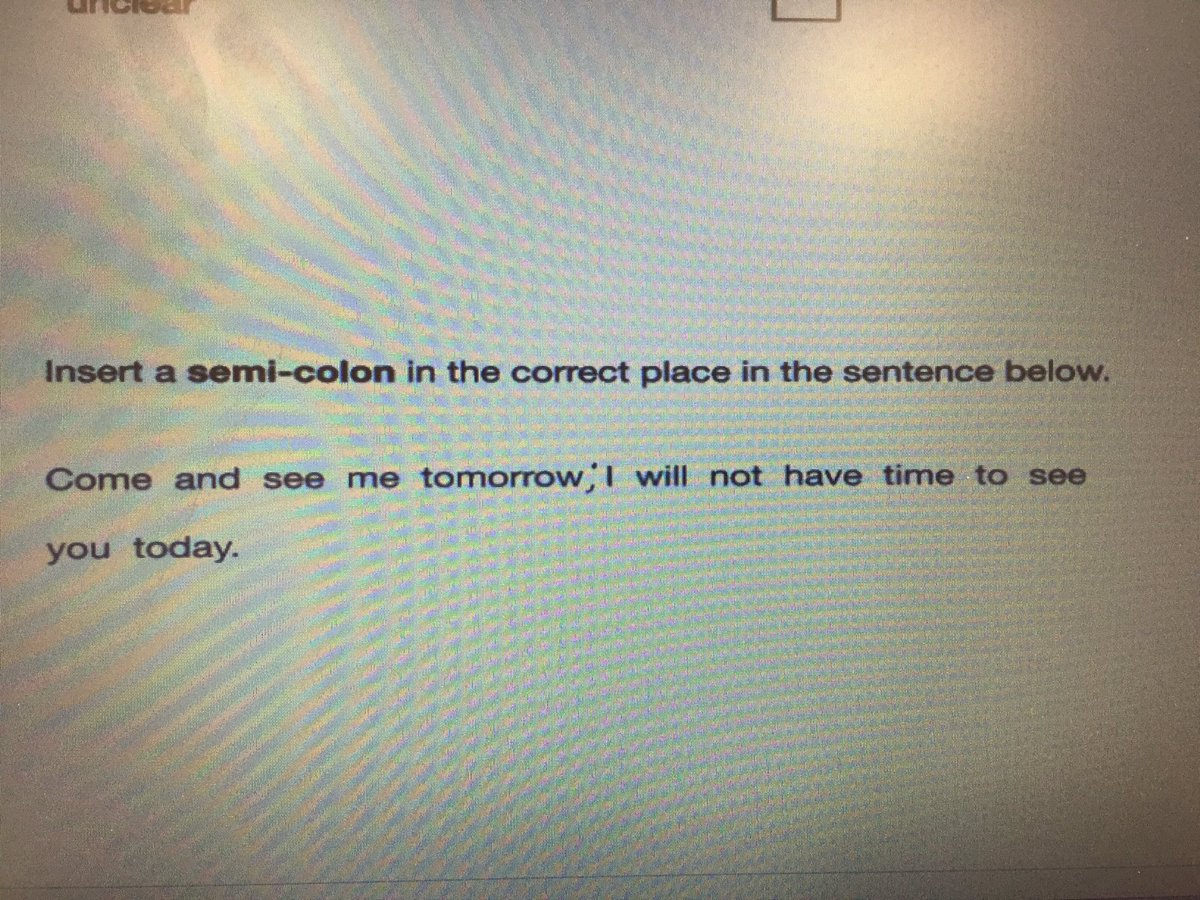In 2007 I was a marker for the KS3 mathematics tests. One of the questions asked pupils to work out
three angles and to give reasons for each one (such as ‘angles in a triangle
add up to 180 degrees’). There were
three marks for the question, with one mark for getting the correct angle and
the correct reason each time. The marking
guidance clearly stated that three correct angles without any reasons would
result in zero marks.
I thought this harsh, but I tell my classes about it every
year when doing anything angle related. It doesn’t seem right to me that a pupils
should get no marks at all despite knowing the angle facts (they must have known
them even if they didn’t write them down to get all three angles correct). It seems to me that this is justifiable
though. If the question is really
testing whether pupils can write down angle reasons, with the numbers there as
a support to enabling them to do this, then it is justifiable that they wouldn’t
get marks for merely writing correct numbers. (I disagree with this approach,
but it is justifiable!)
The following year (the last one before the KS3 tests were
scrapped) I looked through the mark scheme.
A very similar question did award some marks for correctly calculating
angles, with full marks for those who also wrote reasons.
I recalled this because of the recent issues with the
marking of KS2 SATS, where a correctly placed semi-colon has been marked as
wrong.
[From TES article.]
First of all, does this matter? It’s only one mark on a test, so surely that
isn’t a big deal? Unfortunately it does
matter. These test results form part of
schools’ accountability measures and if the data for these accountability
measures is wrong then that is manifestly unfair. Pupils’ results are carried forward to
secondary schools and this can affect their start to Year 7. From a secondary school teacher point of
view, our major accountability measure is now Progress 8 and this is based on
KS2 test results (currently given to 0.1 of a level under the old system). If the KS2 results are inaccurate then it
gives the wrong baseline for some pupils and an inaccurate Progress 8 score,
which again is unfair. (I am not
interested in ‘gaming the system’, whereby artificially depressed KS2 scores
make it easier for a secondary school to show value-added progress. I want a fair system.)
Various government ministers have been very clear that they
are using the new SATS as a way to force teachers to teach pupils things that
haven’t been taught in the past.
It is therefore absolutely right for KS2 teachers to use the
marked scripts of their Y6 pupils, along with marking guidance, to influence
their future teaching. This is partly so
their pupils can do better in the tests (for the sake of the individual pupil
and for the sake of the school’s results) and partly because the government
wants pupils to know this stuff and to be able to answer these questions correctly.
Today some further guidance has been doing the rounds. I find it hard to believe this is genuine in
this form. Surely official marking
guidance doesn’t include clip-art? This does, however, explain why these answers have been marked as wrong.
I often find Hanlon’s Razor useful: "Never attribute to
malice that which is adequately explained by stupidity".
Maybe there are just some rogue markers out there and maybe
the checking system isn’t robust enough to pick up the errors they are making.
Alternatively, like the KS3 tests I marked ten years ago,
maybe the intention is for the marks to be given only for certain things.
The semi-colon question could be testing whether
- pupils know what a semi-colon looks like
- pupils know where to use a semi-colon
- pupils can write a semi-colon that is exactly the right height and slope, in a space between two words that isn’t big enough to hold it
The third of these seems to be what is causing the problem
(if you don’t go with the Hanlon’ Razor idea).
It might be possible to argue that children mustn’t write
punctuation that is too big for the sentence.
If your semi-colon dot is above the level of the letters around it then
it is the wrong size.
But this is
unfair;with the correctly placed semi-colon there is no longer a gap after the
punctuation. And that is wrong too.
The final issue here is how teachers will guide their pupils
in future. Will KS2 teachers now have to
correct the height of semi-colons in pupils’ work? Perhaps that is reasonable, in the same way they
might correct malformed letters. It does
mean that the pupils will either need to be told explicitly that punctuation
should be the correct size when completing the KS2 tests or will need to be
given work that involves them placing semi-colons so this can be marked as
incorrect if the semi-colons are too big.
Neither of these things seems sensible!
I am sure that KS2 teachers will find a way to do this well,
but it seems so wrong that it is deemed to be necessary.

No comments:
Post a Comment